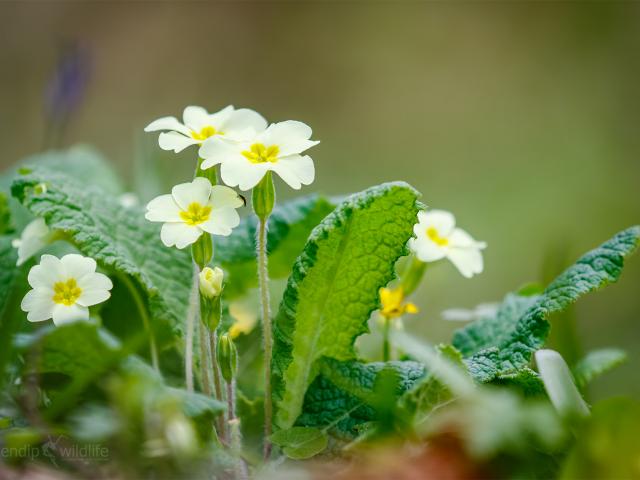March sees the welcome return of life and colour to our gardens following the long, cold and this year, very wet winter.
As the month progresses, the warming weather conditions should herald the first widespread spring butterfly sightings. By planting the right nectar sources now you can provide species with a short-term lifeline and enjoy a butterfly bonanza later in the season.
Flowers that brave the chill of early spring provide a pit-stop for butterflies that have overwintered as adults, such as Small Tortoiseshells, Peacocks, Red Admirals and Brimstones.
Some of the earliest garden species to emerge such as Green-veined White and Small White will make a bee-line to established nectar sources where they can fuel-up before they begin their search for a mate.
By taking inspiration from the countryside and planting the following easily available flowers you can provide a reliable source of nectar and hopefully be rewarded with a steady supply of spring butterflies and moths.
First and foremost, why not consider the under-appreciated Cowslip. Cowslips bring a luminous splash of spring colour to our field margins and hedgerows so why not reproduce their effect in your garden? Cousins of the Primrose, Cowslips are favourites of the original butter-coloured fly and traditional harbinger of spring - the Brimstone. The edible flower heads can even be used to garnish your salad. The plant is declining in the wild but varieties can be widely bought. Cowslips prefer neutral to slightly alkaline soils and look fantastic planted together in a terracotta pot or window box.
Another spring beauty is the Primrose. With its pale yellow flowers it is one of the first plants to burst through the seemingly lifeless ground. With

varieties available from garden centres, the Primrose is much-loved by early butterflies. The plant is equally attractive to moths with several species relying on Primrose as a caterpillar foodplant such as the Engrailed, Feathered Ranunculus and Gothic.
Aubretia, although not native to the UK, is irresistible to the Small Tortoiseshell and if you are lucky, the Wall butterfly. Aubretia looks particularly spectacular if positioned on a stone wall or rockery where it will produce a purple cascade of flowers.
But you don’t have to raid the garden centre to find a colourful spring nectar source. The humble Dandelion, often derided by gardeners for its habit of obstinately pushing up through pristine lawns, is an important fuelling station for our early emergers. If you can give these plants a temporary stay of execution you may just give our early spring butterflies and moths a helping hand.
Happy Gardening
The BC Towers ‘Secret Gardener’


